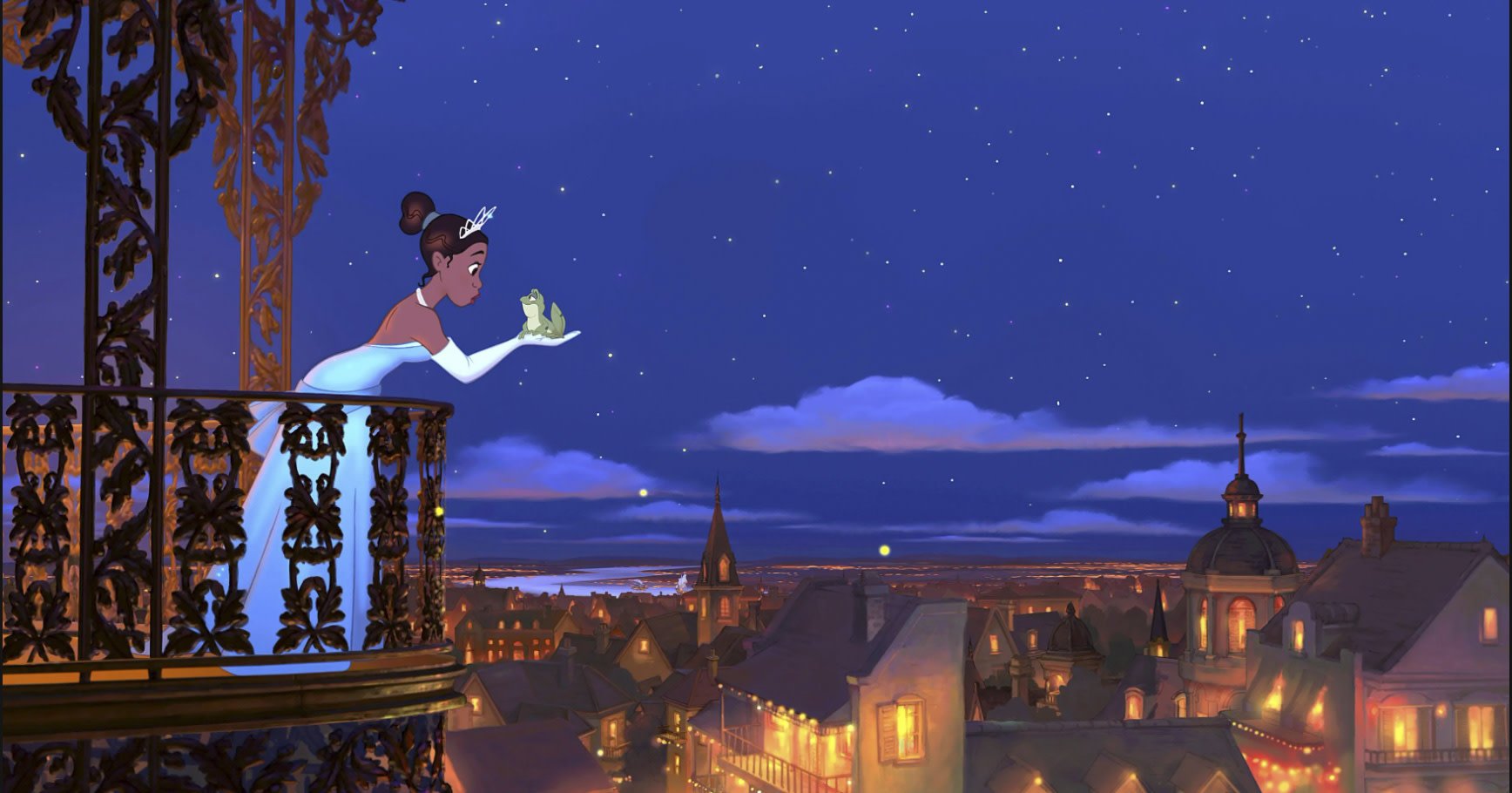The Labyrinth of Confidence
In all of my time teaching, confidence has always been one terribly relevant factor in my student’s success. So much so that I’ve made ‘confidence building’ a staple element of my practice. But teaching it meant finding out what it actually is. Not its basic essence, but a cold, hard definition that I can work with. Of course, I failed in making that definition. I would observe students, adults, and movies, trying to pin this term down into one or two sentences. But what I have found is a strange, sprawling monster of a definition. Probably because confidence has never been a one-size-fits all.
Let’s start with a contemporary view. Today, confidence is often mistaken as the term ‘energy.’ ‘X has a great energy to her’ or ‘I trust him. I like his energy.’ I found this odd substitute first when talking about a certain writer with a friend. ‘I can feel her energy when I read,’ she said. And this writer once said “do stuff. be clenched, curious. Not waiting for inspiration’s shove or society’s kiss on your forehead. Pay attention . . . It makes you eager. Stay eager.” Susan Sontag, a writer who is known for her signature verve, joie de vivre, and ‘energy.’ But in a sense, all of these fancy words are terms for confidence.
A lack of confidence can have nasty results. And this lack doesn’t just mean negative self-talk or a ‘can’t-do’ mindset. Lowered confidence severs our ability to participate and collaborate with others. It takes guts to stand up, ask questions, give answers, and have discussions that turn into friendships. Confidence is a social virtue. And sometimes it is the only thing that actually burgeons a vibrant social life. Think of Paul Varjak’s consistent pining and communication, and Holly Golightly’s flightiness in Breakfast at Tiffany’s. Paul dips his head into the taxi in the rain, saying “You're afraid to stick out your chin and say, ‘Okay, life's a fact, people do fall in love, people do belong to each other, because that's the only chance anybody's got for real happiness.’” Paul had it. Holly’s jumpiness revealed a lack of confidence, no matter how glamorous she was.
Confidence is, as some say, being self-assured. It is believing that the work one does and the presence one provides is valuable. Or, in a more introverted sense, it is a belief that one can accomplish the work they set out for themselves. A type of nerve. A toughness –– to believe that one is capable of their aspirations. And veering ahead without being afraid to make noise. Our Indiana Jones. Rocky Balboa. Tiana in The Princess and the Frog who saves all her pennies in jars to one day open a restaurant on her own. Confidence is the nerve to believe that one’s aspirations will one day come alive.
But the primary misunderstanding that some fall into at this point is the idea that confidence is plain, cut and dry pride. That arrogance and conceit fall under confidence’s umbrella as a dark-sided element. They don’t. Confidence is a practical virtue. It is the pride and application of one’s own substance, intellect, and ability. Willy Wonka is a great example of confidence’s fine line. Although he seems arrogant at first glance, his pride is (whether we like it or not) earned. Look at his chocolate factory! And does he really ever lie or oversell himself? Does he really ever do much more than show his creation? His pride is backed by his substance, which creates his flamboyant confidence. But think too of another character who dances over the line, from confidence into arrogance –– the often insufferable Scarlett O’hara in Gone with the Wind, who turns to Rhett in her bed and says, “oh, I’m thinking about how rich we are.” The oversellers. Baseless pride. Those who fly a little too close to the sun. Confidence is the pride that comes from an honest understanding of oneself.
The result of a confident demeanor stretches far. In the classroom or in scholarship, the result is everything from socializing to intellectual curiosity (which can overlap). Confidence does not only lend one a larger social circle, it lends a social circle that is right for oneself. As Henry James once wrote, “I don’t want everyone to like me; I should think less of myself if some people did.” In understanding and taking pride in oneself, one is also advertising –– opening themselves up to friends and connections of the same sensibility. And in the reverse of one’s social realm, confidence is a catalyst of curiosity. Whether that means picking up the 800 page Anna Karenina or daring to adventure into a field like astrophysics, one needs the confidence to believe that they are capable, in order to start, work, and understand something they did not understand before.
Confidence is, in a sense, a habit of mind. It is a habit that produces a vibrant social life, an intellectual mind, and a state of self-assurance. But just like a habit of waking up early or staying away from alcohol, it is an attribute that requires continuous attention. In every human’s life, one is met with daunting tasks, failures, and rejections. All things that have the power to seed doubt and distrust within oneself. So make encouragement a daily habit. Take pride in who you are. Or teach a younger person about their unrealized potential. Afterall, a large part of confidence is the belief that one is capable of sharing valuable information. Walk the labyrinth, then find a path for someone else, too.



